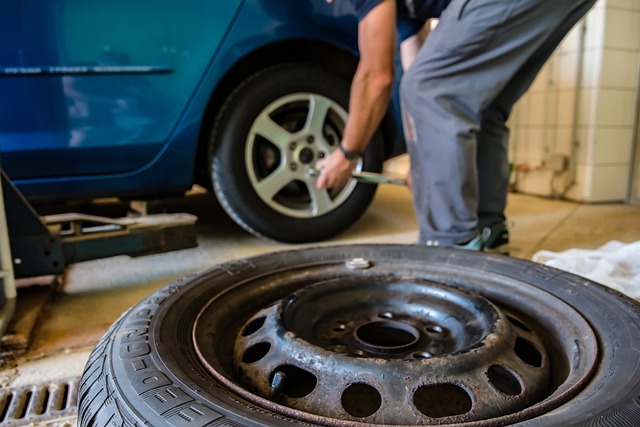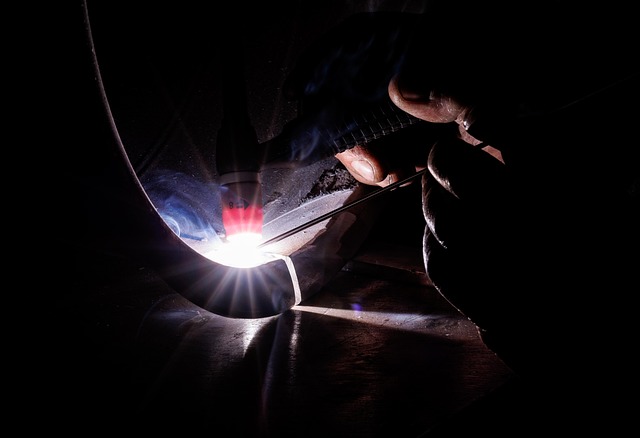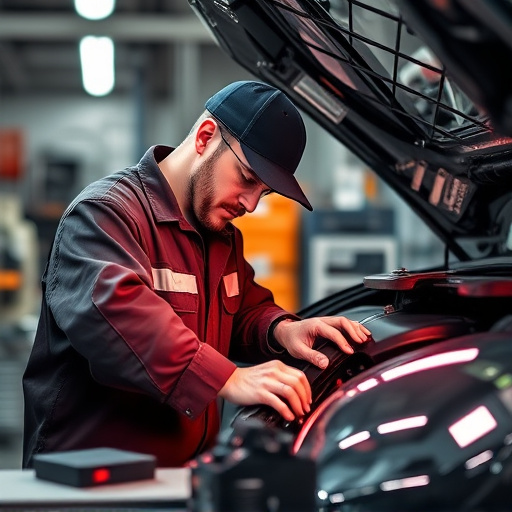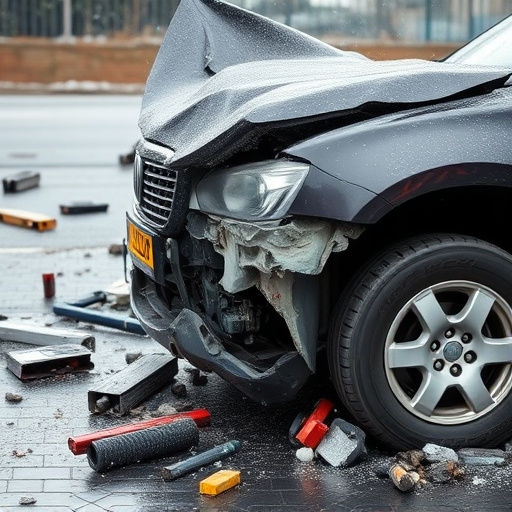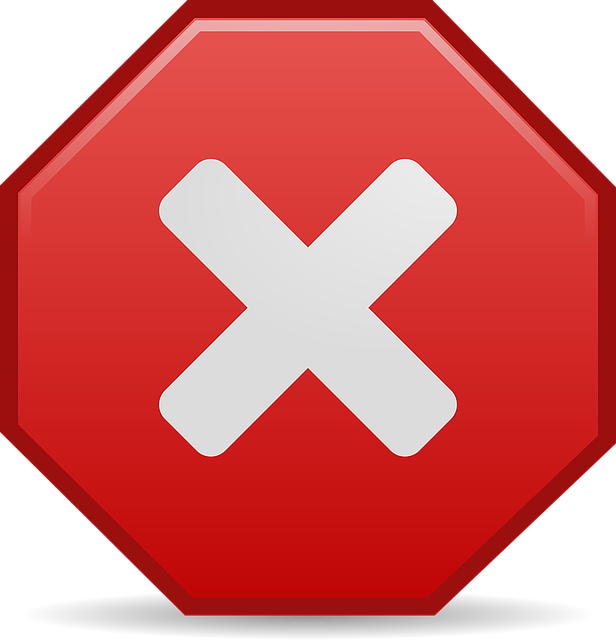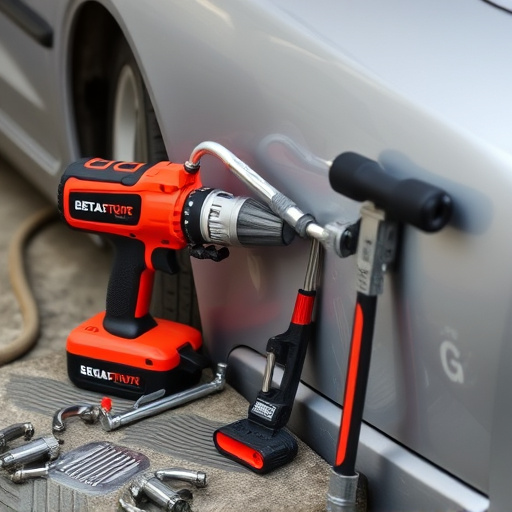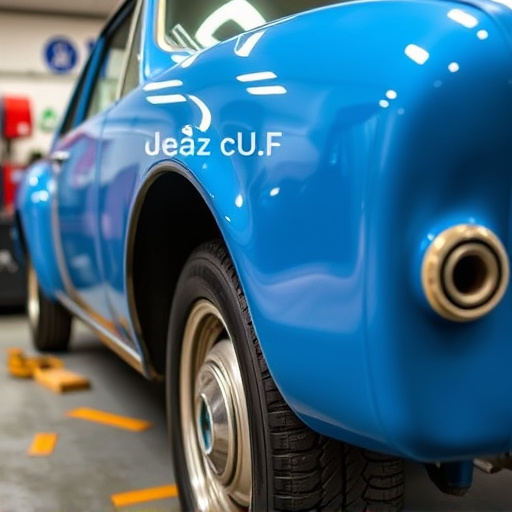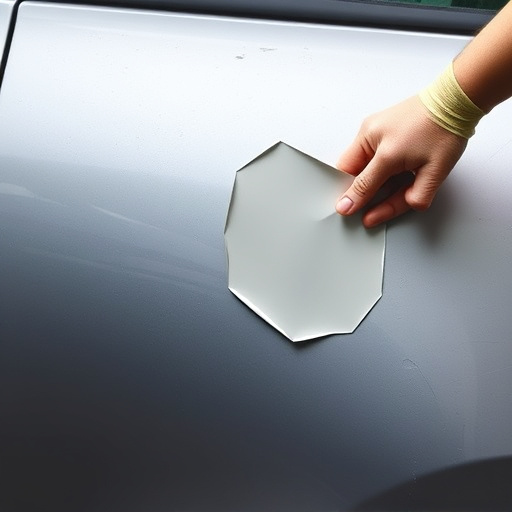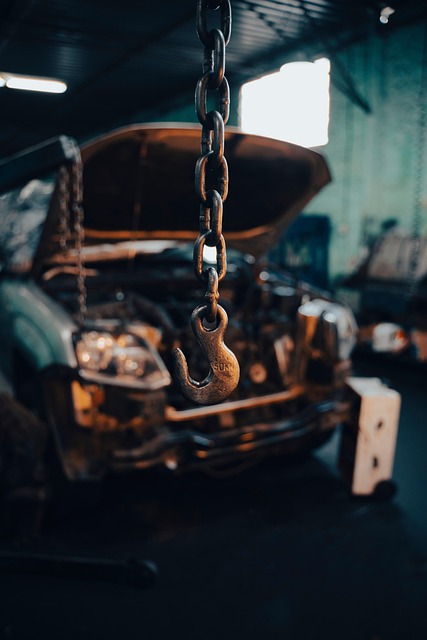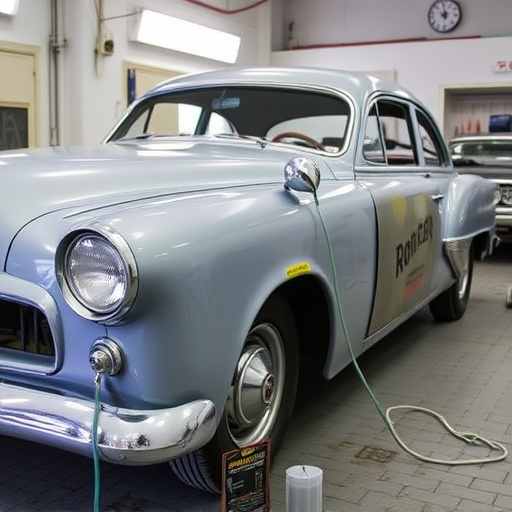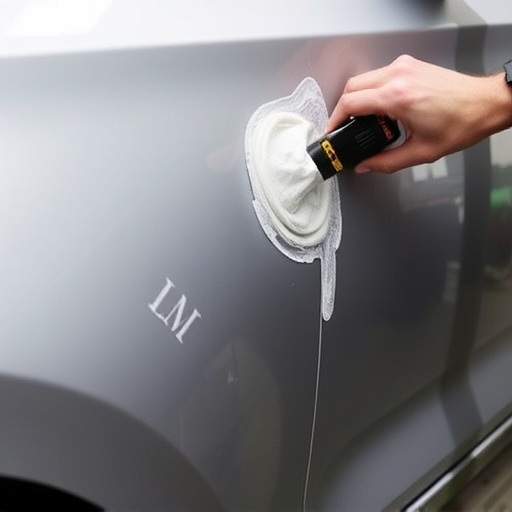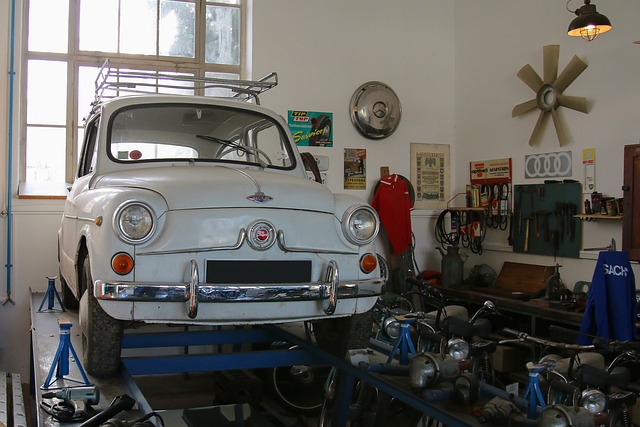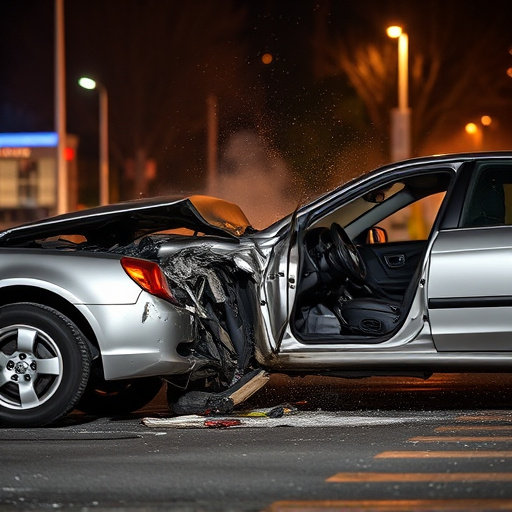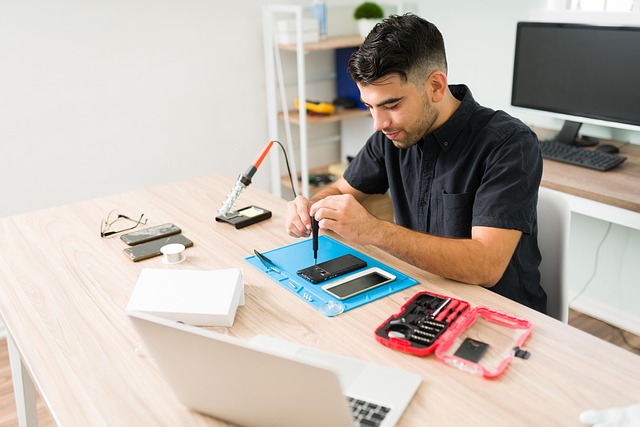Aftermarket bumper repair requires certified technicians with automotive engineering expertise to address unique design and performance differences while ensuring structural integrity. Communication, clear expectations, and industry best practices are key. Technicians use specialized tools and high-quality parts for repairs ranging from minor scuffs to complex transformations, restoring or enhancing bumpers for improved safety and resale value. Stricte protocols include comprehensive inspections, precise welding, painting, and replacement, with quality control checks at each stage.
Aftermarket bumper repair is a critical aspect of automotive maintenance, ensuring vehicles meet safety standards while enhancing aesthetic appeal. Certified technicians play a pivotal role in accurately handling these repairs, leveraging specialized skills and knowledge to restore damaged bumpers to their original condition. This article delves into the key aspects of aftermarket bumper repair, highlighting the importance of certified technicians, best practices for efficient restoration, and the ultimate goal of achieving precision and quality in every fix.
- Understanding Aftermarket Bumper Repair Requirements
- Role of Certified Technicians in Accurate Repairs
- Best Practices for Efficient and Quality Aftermarket Bumpers Restoration
Understanding Aftermarket Bumper Repair Requirements
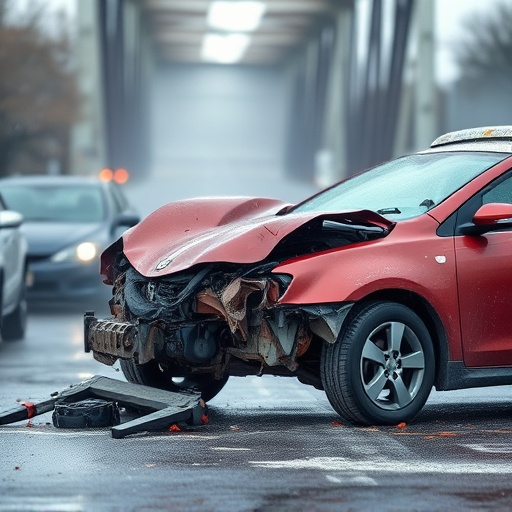
Aftermarket bumper repair is a specialised service that requires a deep understanding of both automotive engineering and customer expectations. To provide accurate repairs, certified technicians must be well-versed in the unique challenges presented by aftermarket bumpers, which often differ from original equipment in terms of design, materials, and performance standards. These variations demand precise knowledge to ensure the repaired bumper seamlessly integrates with the vehicle’s existing components and maintains its structural integrity.
Additionally, body shop services must cater to a diverse range of customer needs, as not all aftermarket bumpers are created equal. Some repairs may involve simple damage restoration, while others could necessitate complex cosmetic enhancements or even complete bumper replacements. Effective communication and clear expectations between the technician and client are crucial for successful outcomes, ensuring that every vehicle repair service rendered aligns with industry best practices and customer satisfaction standards in automotive restoration.
Role of Certified Technicians in Accurate Repairs
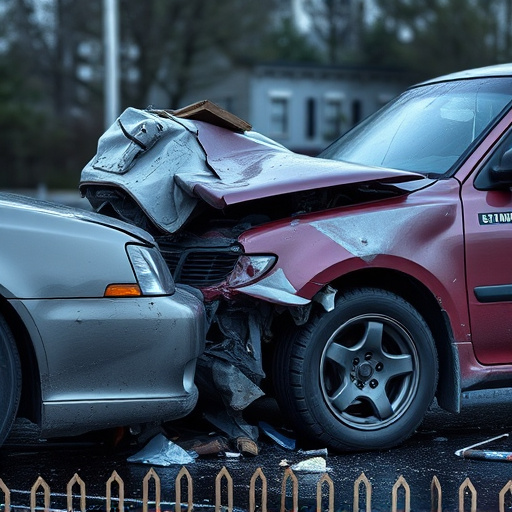
Certified technicians play a pivotal role in ensuring accurate and reliable aftermarket bumper repair. Their expertise lies in understanding the intricate details of various car models, enabling them to assess damage accurately. With access to specialized tools and high-quality parts, these professionals can effectively handle even complex repairs, restoring the bumper to its original condition or enhancing it with updated design features.
Their skill set extends beyond just fixing physical damages like scrapes, scratches, and dents (auto glass replacement is another service they often provide). Certified technicians also possess the knowledge to address cosmetic issues, ensuring a seamless and flawless finish. This meticulous attention to detail guarantees that the repaired bumper not only looks good but also aligns with the vehicle’s overall aesthetics, enhancing its resale value and contributing to the car’s overall safety (car dent repair being an essential component of their work).
Best Practices for Efficient and Quality Aftermarket Bumpers Restoration
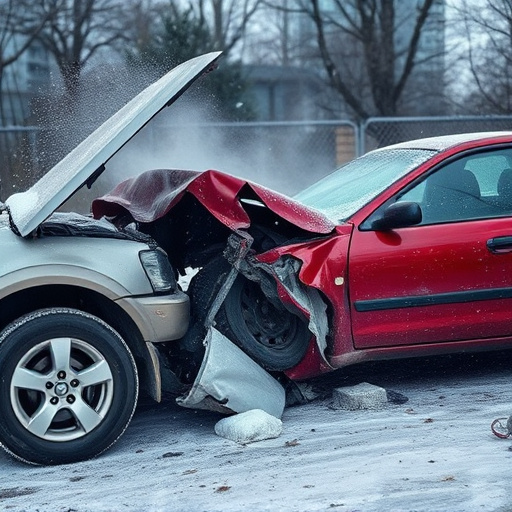
When it comes to aftermarket bumper repair, certified technicians adhere to best practices that ensure efficient and quality restoration. The process begins with a thorough inspection to assess the extent of damage, which can range from minor dents to severe cracks or complete detachment. Technicians utilize advanced tools and techniques tailored for aftermarket components, ensuring precision and accuracy in every step.
Proper preparation is key; this involves cleaning the bumper to remove any debris or contamination, followed by careful disassembly where applicable. Repairs may involve welding, painting, or replacement parts, all carried out with meticulous care. Quality control checks are performed at each stage to guarantee alignment, fitment, and structural integrity. Finally, a final inspection ensures the bumper meets industry standards for safety and aesthetics before installation in a collision repair shop, ensuring a seamless return to the road.
Aftermarket bumper repair is a specialized task that requires meticulous attention to detail. Certified technicians play a pivotal role in ensuring accurate repairs, adhering to strict industry standards. By implementing best practices and staying current with advancements in automotive technology, these professionals deliver high-quality restorations, enhancing vehicle aesthetics and safety. When it comes to aftermarket bumper repair, having skilled technicians handle the process is paramount for satisfactory results.
